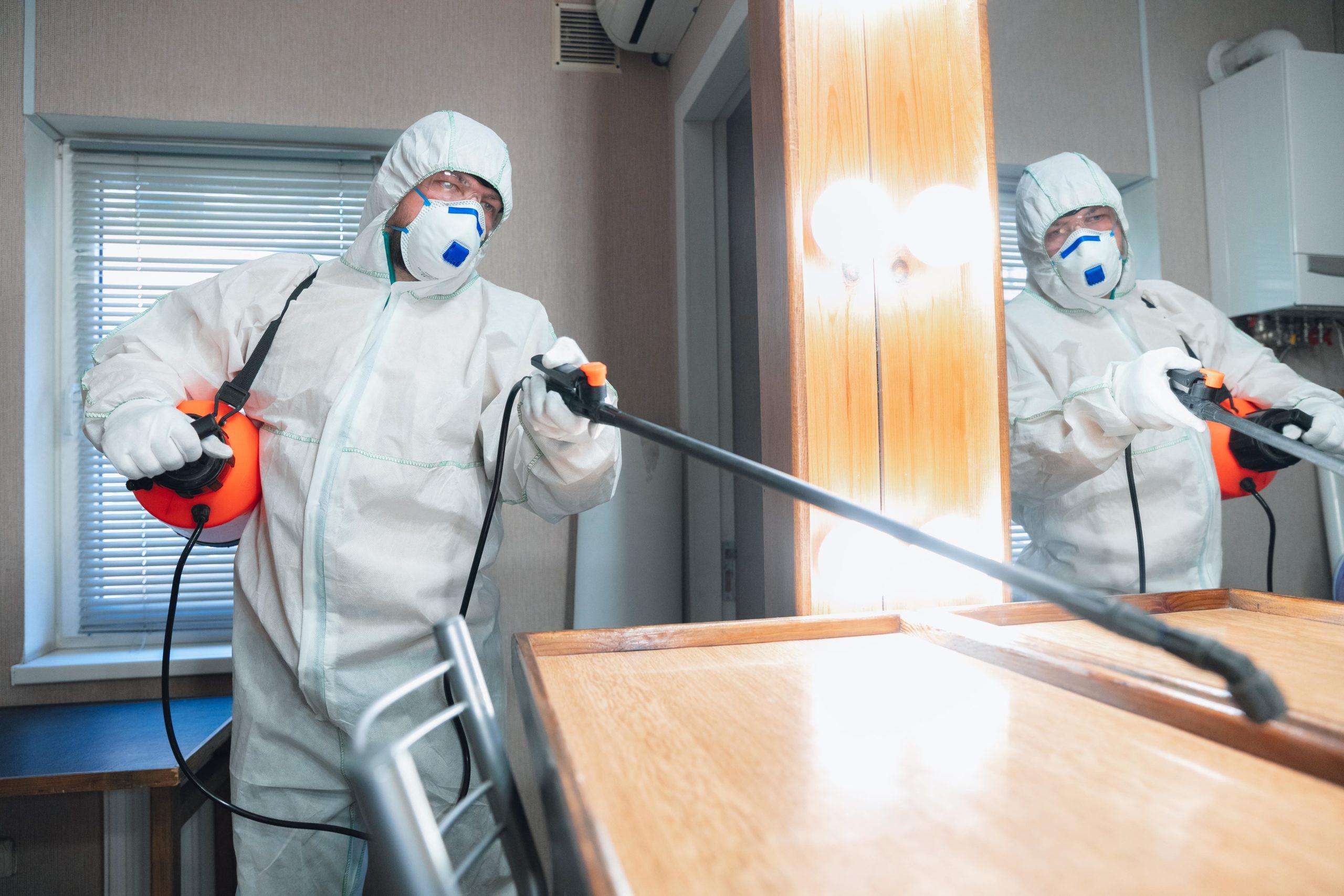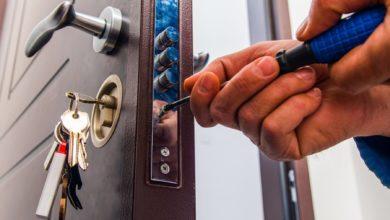5 Reasons To Call A Mold Removal Professional

Chronic mold allergy
Allergies to mold begin with a runny nose and then progress to mouth breathing. These symptoms can be very uncomfortable and sometimes become so severe that they require medical attention.
If you have allergies, these may include your feet, lips, ears, or possibly even your throat. In some cases of multiple allergic reactions, this could also include headache, dizziness, fatigue (excessive energy), nausea or vomiting.
This is what scientists refer to as “toxic shock syndrome” and was first identified in young women who used tampons regularly for extended periods of time.
In other words, toxic shock syndrome is when inflammation causes too many white blood cells to attack the body’s own tissues. This often occurs after surgery, infection, or exposure to certain chemicals.
Symptoms typically only last for hours to days, but in rare instances they can continue for months and potentially years.
Practically speaking, there are two types of mold allergy sufferers experience… Rhinosinusitis, which affects the sinuses, and atopic dermatitis, an itchy skin condition similar to eczema. Atopic dermatitis makes itself noticeable by rash-like patches of dry skin.
Asthma and chronic obstructive pulmonary disease (COPD) both develop from long-term exposure to smoke and outdoor allergens such as pollen and dust mites. Those suffering from either of these conditions have abnormal immune system responses to common. Therefore you needed mold removal services.
Toxic mold
Even if you don’t experience symptoms right away, toxic mold can be cause for concern later on. Many people suffer from respiratory issues, including asthma and chronic obstructive pulmonary disease (COPD) patients. Older children and adults may have heart problems or low-quality lungs.
Those with sensitive immune systems may also suffer from mental health conditions like depression or irritability. Pets are at risk as well; studies show that pets with allergic reactions related to mold are at an increased risk of cancer.
Children account for more than half of all cases of death due to exposure to mold. In one study, British researchers found that childhood allergies accounted for 10% of those deaths.
Many questions remain unanswered regarding long term effects of mold exposure, making it important to protect your family from any harmful effects by having the house inspected by a qualified professional.
Mold in drywall
The most common mold you’ll find in your home is probably already inside your wall paneling or flooring. This white, grainy stuff can be found anywhere; even if it seems small at first glance, it’s very noticeable when you put it up against what should be one of its background colors.
When looking for places where there might be mold, pay attention to how thick the mold is and how many spores are floating around. The thicker and more spores the better! It’s also helpful to know which color the molds come out as — blue-green if they’re growing inside walls).
Keep in mind that some types of mold grow extremely quickly, while others don’t flourish until given a chance to spread. If you suspect there’s an outbreak of mold, call someone who will arrive with necessary tools to address the issue.
Mold in wallpaper
If you’re looking at wall coverings that appear to be mold, there is no need to worry. During production, thin spots can occur which allow water into the surface. Over time, if moisture gets behind the covering, like chewing gum or paint, mold will grow.
To prevent this from happening, keep fabric sheets around to protect areas where walls meet floor or ceiling surfaces. Also check room dimensions since excess humidity can cause problems.
Keep loads of air conditioning running during summer months. Use the same amount of energy to heat or cool an entire home instead of just your room. Waterproof all nearby electrical outlets as well.
These are things you should look for when buying a house; they are not much concern unless you are keeping it long term. Even then, little issues such as bad wallpapers may still be found after some research. Common reasons people rent apartments include work commitment issues and children’s needs.
If these problems seem hard to fix by yourself, its best to contact a contractor to find a solution. Its very important to have a professional take care of it because turning a blind eye can put your family in danger. Contractors must get licensed to handle any types of building materials and installers often have prior experience but zero degrees knowledge is required.
Mold in building materials
Many times, molds develop because of moisture or water that is stored in construction material. This can happen due to poor air conditioning system effectiveness, excessive rain, flooding or pollution (including oil spills).
If your house was built before 1998, there’s a good chance it contains drywall, wool carpeting and other soft furniture materials that have not been replaced yet. All of these are highly susceptible to mold growth.
Also, if you live in an area with drought conditions, there are several types of grass and shrubs that can cause problems by giving off damp soil. The only way to know if this is a problem is to look for signs of wetland behavior in your home.
Signs you should be concerned about include finding floor coverings that don’t hold up well to foot traffic or noticing mildew smells near doors and windows.
Mold in furniture
Check your sofa, chair, bed, or any other piece of upholstered furniture for signs of mold growth. The telltale sign is a dull, white, circular spot with a brown edge. You can find this growing out from around these areas
These are called pet hair patches. When dogs run across hairs they patch them together creating a skin flap. Warm air passes over the darker colored epithelial cells causing heat damage which becomes hard like corn starch.
Because of its shape and location it is often referred to as a piggy bank look. This type of mold injury has no silver lining; only wound closure occurs. Surrounding tissue grows into the area preventing removal by normal means.
Infection may occur if bacteria gets inside the wound cavity.
Mold on skin
A mold infection can be very serious, so don’t take any chances. If you suspect you have an active mold infection, then call for professional help.
Your risk of health complications increases if you are chronically exposed to molds or already suffer from a respiratory disease like asthma or COPD.
Furthermore, children with severe allergies may also experience symptoms after being exposed to mold. Symptoms include runny nose, itchy eyes, and sneezing.
If your child is affected by this allergy, they should remain away from school until further notice. It may even cause their grades to fall due to fatigue.
Finally, if you feel tired most of the time, then you may also be suffering from mild hypothyroidism, which is easily corrected. Since mold affects the hormone system in such a large way, lots of people do not realize they are allergic to it.
Mold in air
Breathing mold fumes can be just as harmful as breathing in mold spores, depending on how much you have of it around your home. If you have any doubts about whether or not you should evacuate because of mold, we recommend that you do so.
However, if you know for a fact that your house has mold, there are ways to reduce its concentration through active removal techniques.
Many people choose to adopt an inactive approach to removing mold by using anti-mold products. However, only professionals should consider doing this. Even then, it is recommended that you still run the risk of having other issues arise.
The chemicals used to treat mold are often very poisonous. This was especially prevalent when the market introduced new cleaners claiming to be “environmentally friendly”. It turns out that many of these chemicals are very toxic to humans but cannot be detected by smell or visual inspection.
There are also health concerns regarding prolonged exposure to mold dust. People who are sensitive to mold may suffer from allergic reactions such as throat clearing (allergic rhinitis) or irritated skin due to contact with the allergen. Long term exposure to low doses of molds may also cause respiratory infections like bronchiolitis or pneumonia. Mucus production in the lungs may carry infection with viruses like influenza or Parainfluenza, or bacteria like mycoplasma.
Mold in water
If you see mold growing inside your home, it’s too late. The fungi has infected the wall or flooring already. Chemicals that contain bleach will not kill mold yet clean the rest of the surface.
Formaldehyde is produced as an industrial by-product and kills all fungus infections. It can be used at home but only for minor mold damage.
Once contaminated with mold, humans have no defenses against inhaling its spores, which are small particles emitted when molds grow or are removed
READ ALSO: https://articlebelt.com/why-deep-clean-your-office-now/




